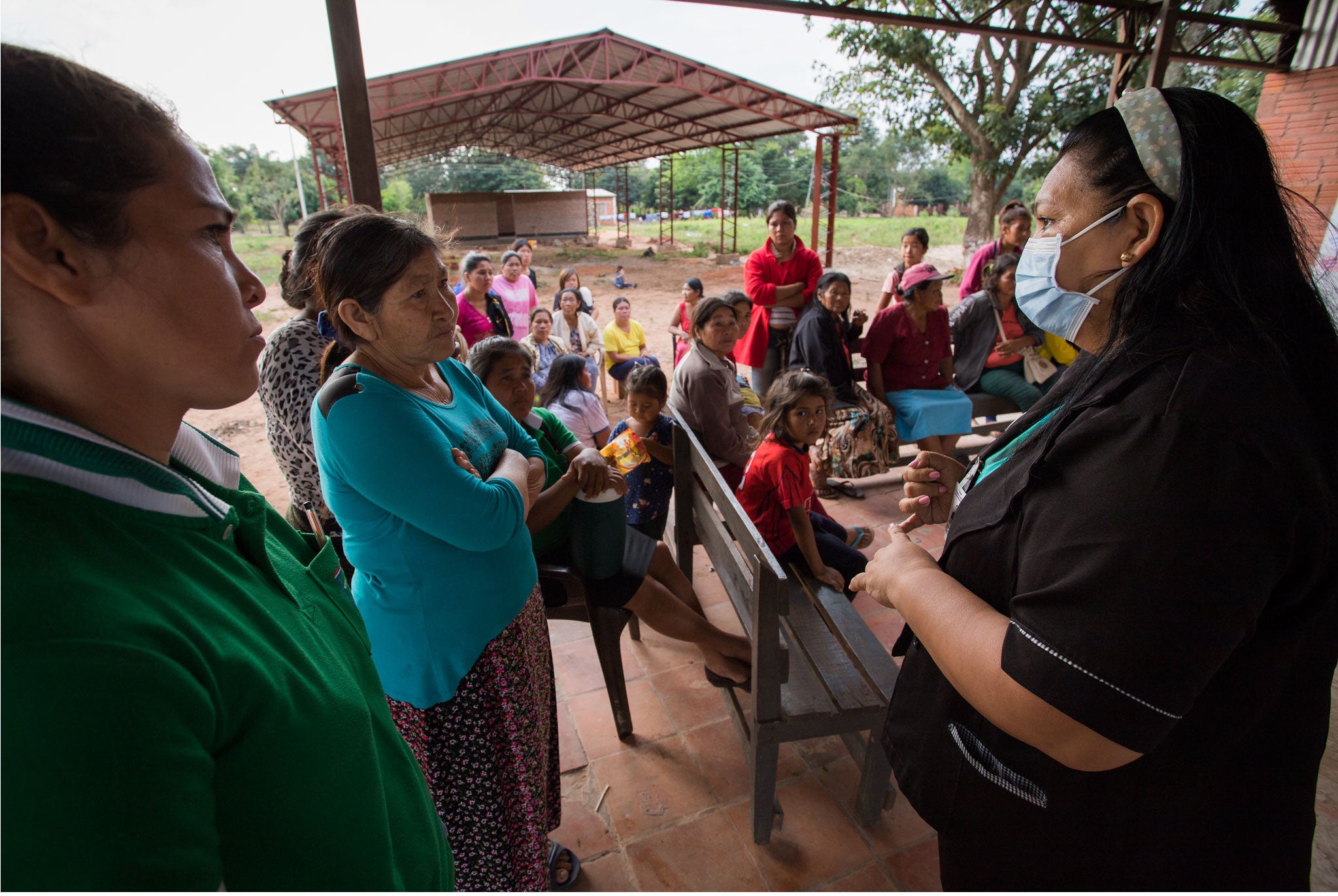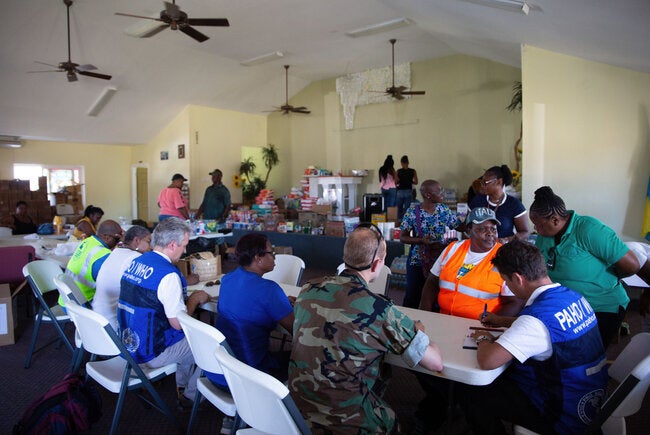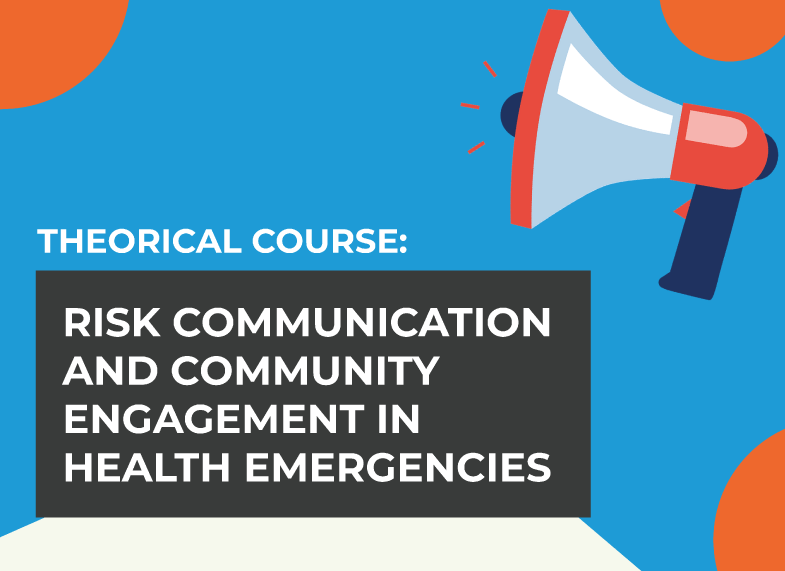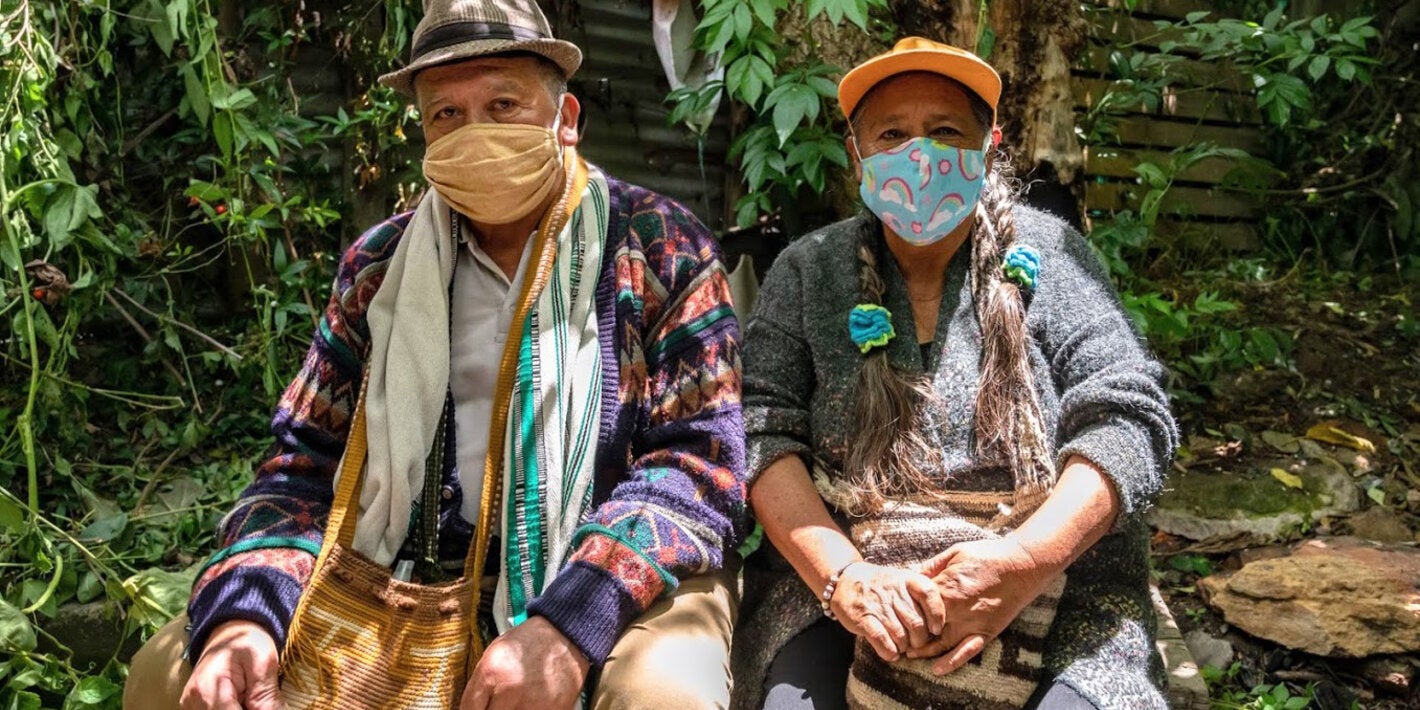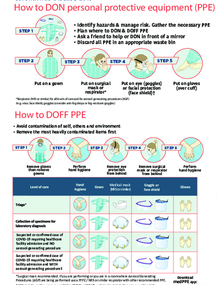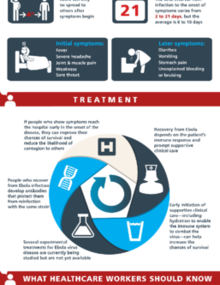Risk communication refers to the real-time exchange of information, recommendations, and opinions between experts and/or officials and people who face a threat (risk) to their survival, health, or economic or social well-being. The ultimate goal of risk communication is that every person exposed to a risk is able to make informed decisions to mitigate the effects of the threat (risk), such as the outbreak of a disease, and take protective and preventive measures and actions.
Risk communications takes into consideration political, social and economic factors; analyzes risk and risk perception to communicate effectively; and gives great importance to dialogue with affected and targeted populations to help them make the best possible decisions during public health emergencies.
Therefore, risk communication requires an understanding of stakeholders' perceptions, concerns, and beliefs, as well as their knowledge and practices. Thus, effective risk communication must be able to identify and be able to handle rumors, as well as misinformation and other communication challenges from the outset.


